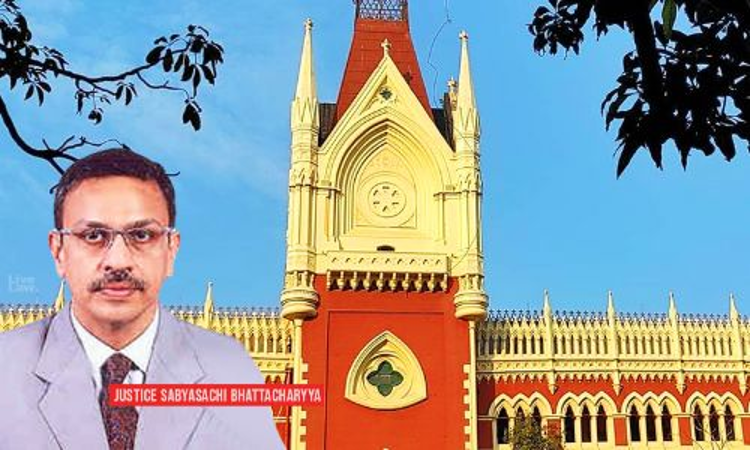The Calcutta High Court bench of Justice Sabyasachi Bhattacharyya has held allowed composite reference of two companies to arbitration noting that the two arbitration agreement refer to the self-same demised property. Moreover, it noted that both the agreements were entered into by the same proposed lessee with two co-owners of the self-same property. The bench held...

